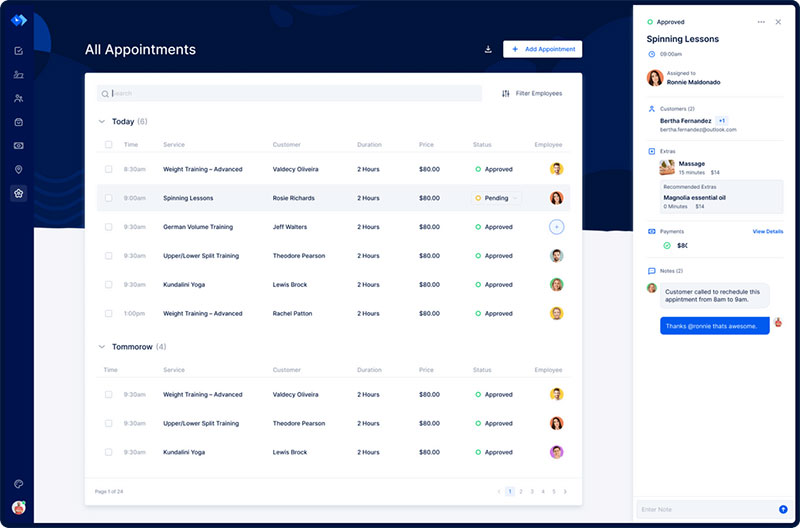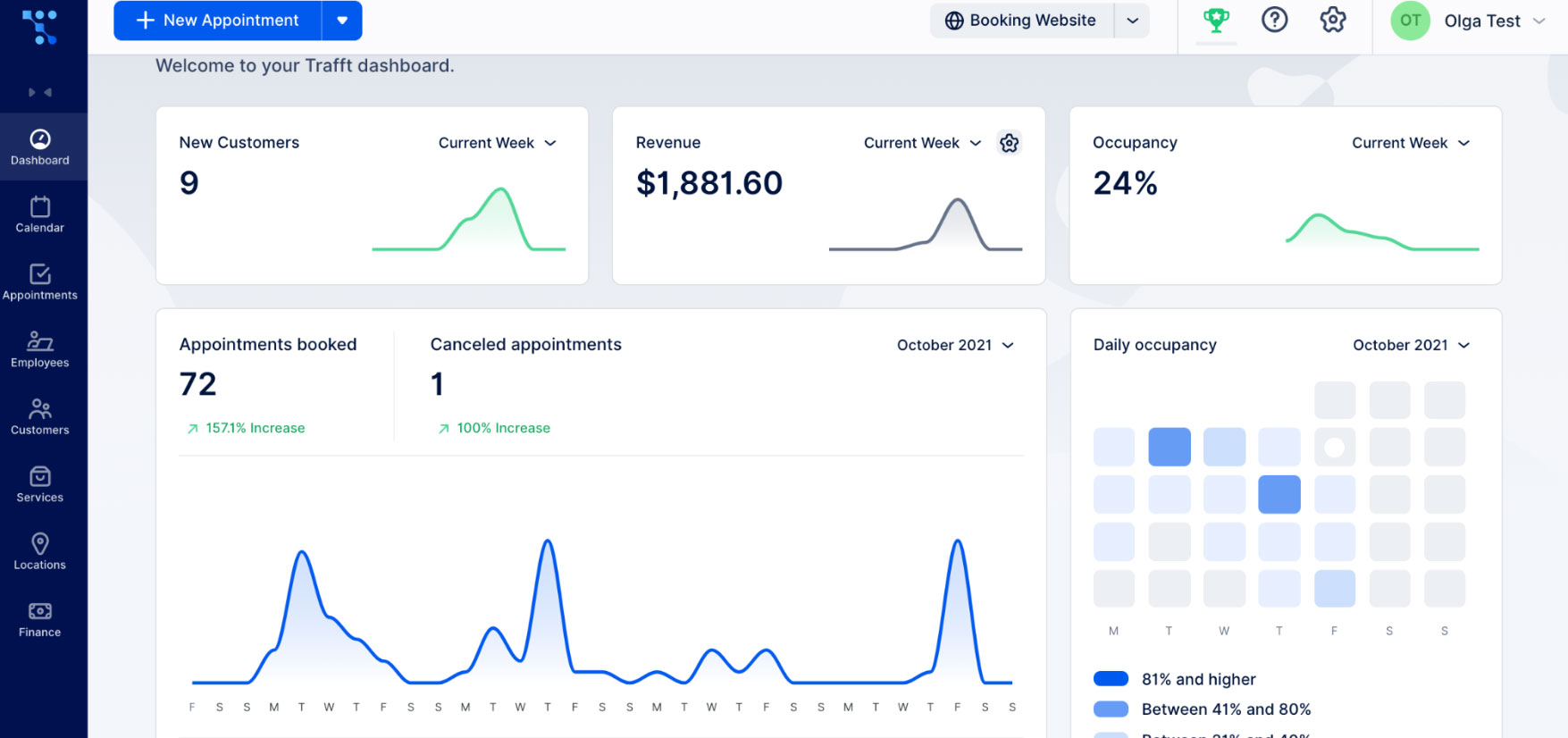As a business owner, your success depends to a large extent on your ability to create a learning culture. This means that you create an environment where people want to share skills and knowledge. Mentoring circles can help you to achieve that environment.
The purpose of mentoring circles is to encourage employees to share knowledge. Community building is one program to form these circles.
This article discusses the basic principles of mentorship circles. It will show you how you can start them in your company.
What Is A Mentoring Circle?
Mentoring circles form part of a group mentoring format that aims to increase interaction. They will find themselves in a position where they can find others with similar interests and learning objectives. In the circles, they can achieve these goals together.
Mentoring circles can have up to five mentees supervised by one skilled facilitator or mentor. This mentoring program runs for a limited time.
Before the circle starts, the mentor will have established the number of sessions. The average duration is three to four hours once every four to six weeks.
During these sessions, the mentees get the chance to talk about personal and professional topics. After that, the other circle members can provide support.
The one that initiated the conversation receives support, solutions, and suggestions.
The actual purpose is to get people more involved and bond with their colleagues. This mentee selection is not only limited to people from the same area or department.
A major advantage is that organizing and scaling mentoring circles takes little time and effort. Participation is always voluntary, which makes the group mentoring program very flexible.
This mentoring initiative does not rely on traditional mentoring roles. Instead, it creates a free and creative environment that forges connections.
What Are the Benefits of a Mentoring Circle?
A mentoring circle is an excellent place for sharing challenges and giving mutual support. In the end, the result is sharing knowledge, skills, and other professional resources. Everyone in the circle will benefit from it.
Below you can learn more about the exact benefits of these types of employee resources groups.
Expanding the Mentor Pool
Finding qualified mentors is a problem that many companies encounter when it comes to setting up mentoring programs. The mentoring circles program allows any organization to expand its pool of mentors. Try to include senior leadership team members.
Building Networks
Mentoring circles create networks. Those networks can expand outside the individual's team and responsibility levels. Don't forget that mentors also start to become part of these networks.
Shared Experiences
One of the things that circle members will realize is that their problems are often not unique. This idea can create unity and assures people that they are not alone.
Takes Pressure and Stress from Introverted Employees
In a one-on-one mentoring setting, the employee carries half of the conversation. That can be a source of stress for introverted people. In a mentoring circle, more members carry that conversation load, which helps shy people to open up.
Comfortable Communication

Many mentors prefer a one-on-one relationship. Often, this leads to a much closer communication between the mentee and the mentor. Yet, this arrangement can also lead to awkwardness. Some particular reasons are:
- The mentoring approach
- Personal beliefs and convictions
- A mismatch in the personalities of the mentor and mentee
Mentoring circles can take much of that uneasiness away.
Accountability
Talking with more people about career goals creates a higher sense of accountability. The periodicity of the program allows for check-ins and advice but also a sense of safety.
Space of Trust
Mentoring circles create a safe environment as the group members build up a rapport with one another. They can see that they have a lot in common but that there are also differences. Each one can contribute with their own experiences and personal preferences.
Social Outlet
Do not ignore the social value of a mentoring circle program. Mentoring circles are a work environment and an opportunity to talk about personal interests. All circle members will feel a sense of belonging together.
More Exciting Mentoring Experience
These mentoring programs result in more energy and enthusiasm than one-on-one sessions. On top of that, it creates camaraderie between the mentees and the circle leaders.
Your mentorship success story starts with a scheduling app to streamline your calendar
Staying organized has never been easier.
You can now manage your business and grow your brand with a single, powerful software that keeps all of your appointments in line, your clients organized and your business booming.
Trafft is perfect for business owners who need to streamline their booking experience both for their staff and their clients.
Trafft handles everything for you, even sending automated email or SMS reminders to your clients. No-shows? Not anymore!
The Trafft booking software adapts to different industries for a blissful online booking experience and employee management.
Want to know more? Check out Trafft's awesome features to see what you are missing.
How to Start a Mentoring Circle Program in Your Organization
If you don't have a mentoring program within your organization starting mentoring circles will take some time and effort. Start by defining a goal or purpose for the mentoring programs.
Every organization is different. So, the purposes for starting mentoring circles will differ for each organization. Factors that influence the purpose and goal include:
- Company goals
- Industry
- Organizational makeup
A common goal, however, is to promote inclusivity and unity among employees.
Here are some things that you should keep in mind when you are planning to start mentoring circles.
Put Like-Minded Individuals Together
With the objectives defined, continue to identify motivated employees that can help you achieve those goals. These can be people from within the organization or from the community.
A good place to start looking for these individuals is among peers and others with similar ideas. It may be that you notice that more people want to make changes like you.
The size of the group can differ according to your organization's size. Try to keep the group small, around five to ten people. Then everyone gets a reasonable chance to share challenges and suggestions.
Establish the Program's Goal
What do you want to achieve with the knowledge-sharing initiative? What kind of concerns do you want to include? The answers to those questions determine the type of program you can use.
For example, a long-term program works best if you want to tackle the problem of high turnover. Role modeling, social interactions, and career development are elements of such a program.
Training for future leadership requires a short program. Elements of such a program include accountability, communication, decision-making, and networking.
Choose the Topic
You can include different mentoring circles in your organization:
- Development of female employees
- New leadership development
- New employees
- Re-entering the organization
- Other inclusion and diversity
Getting the topics right is very important. Engagement among employees depends on whether they find the topics interesting or not. So, it is worth the time and effort to pick relevant topics.
Start with a Program Kick-off Meeting
Invite all interested ones to an initial meeting. You will see how many interested employees there are and what their objectives and expectations are. This is also the moment to refine objectives and circle topics. You can discuss the following things during this kick-off meeting:
- The objectives and expectations of each attendee. Explain how the mentoring circles can benefit them.
- How often will the circles meet.
- Where and when, how long, and what they will be about.
- Mentoring circle rules.
Choosing the Mentors and the Facilitator
The choice of circle leaders is crucial. It determines how the circles function and, eventually, the organization's future. The way that mentees come out of the circle determines how they will deal with problems in the future. The selected mentors should be the best ones you can think of.
You can appoint a facilitator who takes care of the functioning of the program. Pick someone that is responsible and practical.
Promote the Program to Employees
Recruit participants by being excited and interested in the program. It all comes down to marketing your initiative.
Use different communication channels, like email, posters, and social media. Make it look interesting and attractive. Make clear what the benefits of the program are.
It is a good idea to use the company's leadership team in promoting mentoring circles. That can get employees interested and move them to sign up.
Use Discussion Resources to Support Group Learning
Creating a circle means that you create a group with diverse backgrounds and experiences. Use that to your advantage by guiding the discussions and directing the results in the way you want. Having an agenda is crucial in keeping the circle conversations productive.
Group Process Development

The development of a group process takes time. Be prepared for challenges along the way. There are some things that you can do to help the process along:
- Forming. This is the stage where people start working together. It is unusual for problems to arise during the initial stages.
- Storming. It is during this second stage that difficulties arise. It is also when strong bonds of trust are formed.
- Norming. In this stage operations and interaction normalize.
- Performing. Finally, the dynamic develops in such a way that the group can achieve important breakthroughs.
Create Circles of Mentors
An added benefit of mentoring circles is that you expand the circles in different ways. You can use mentoring software like Icebreaker to create new mentoring circles.
Some have found that shuffling the circles in an intelligent way allows for new experiences and broader networks. Some worked together with others that they would otherwise never have talked to. A mentoring circle also works great if your team is returning to the office after the pandemic.
Stay In Touch with Groups and Compile Reports
You can keep track of the results of a mentoring circle by sending surveys and convening meetings. This will show if you should address new challenges. The process after the mentoring circles is part of the best practices in mentorship program initiatives.
Some metrics you can track are:
- Business outcomes
- Feedback
- Progress
- Sign-ups
This will teach you what works and what doesn't.
FAQs about mentoring circles
1. What is a mentoring circle and how does it differ from traditional mentoring?
A mentoring circle is a cooperative team of peers that meets to aid one another in their professional and personal development. Mentoring circles, in contrast to traditional mentoring, which frequently involves one-on-one contact, involve a number of mentors and mentees who exchange knowledge, experience, and skills.
2. What are the benefits of participating in a mentoring circle for both mentors and mentees?
Both mentors and mentees may benefit from joining a mentoring circle. Mentees receive advice and support from a varied collection of mentors who can provide a range of viewpoints and knowledge, while mentors have the chance to hone their leadership and coaching abilities while giving back to their community.
3. How are mentoring circles structured and what are the roles and responsibilities of participants?
A group of mentees are often paired with a team of mentors according to their needs and interests in mentoring circles. Participants in mentoring circles are expected to participate actively in conversations, attend regularly scheduled sessions, and share their progress and objectives with the group. Each mentoring circle may have a particular topic or theme.
4. How do you ensure confidentiality and respect within a mentoring circle?
Respect and confidentiality are essential elements of a productive mentoring circle. Participants are expected to respect the privacy and confidentiality of their group mates and keep conversations and criticism constructive.
5. How do you match mentees with mentors in a mentoring circle?
Mentoring circles frequently entail a matching procedure where mentees and mentors are matched according to needs and interests. Throughout time, mentees may have the chance to meet with various mentors, and mentors may work with several mentees in the circle.
6. How can mentors effectively guide mentees toward achieving their goals within a mentoring circle?
During a mentoring circle, mentors can effectively direct mentees toward accomplishing their goals by providing encouragement, criticism, and guidance based on their own experiences and domain of knowledge.
In order to aid mentees in acquiring new skills and achieving their goals, mentors can also offer them resources, tools, and advice.
7. How can mentees actively engage in the mentoring process within a mentoring circle?
By being open and attentive to criticism, actively participating in discussions, and setting their own goals and objectives, mentees can actively participate in the mentoring process inside a mentoring circle. Outside of the scheduled meetings, mentees can ask their mentors for additional help and support.
8. What are some common challenges that can arise in a mentoring circle and how can they be addressed?
Lack of participation or commitment from participants, conflicts or disagreements within the group, or issues with maintaining secrecy are all frequent problems in mentoring circles.
Clear communication, a dedication to courteous and constructive criticism, and regular check-ins to make sure that everyone is getting something out of the group can all help with these problems.
9. How long do mentoring circles typically last and how often do they meet?
Depending on the requirements and interests of the group, mentorship circles may last longer or meet more frequently. While some mentoring circles may last for several months or years, others might be shorter-lived or project-based.
10. Can mentoring circles be used for professional development in specific industries or fields?
In a wide range of professions and sectors, mentoring circles can be employed for professional growth. Mentoring circles can be utilized, for instance, to encourage women in positions of leadership, to offer mentorship and advice to recent graduates entering a particular sector, or to help entrepreneurs and small business owners build their companies.
Conclusions on Mentoring Circles
Mentoring circles are great to build relationships and strengthen organizations. In this virtual world, we need to reinforce networks, and these knowledge-sharing initiative help with that.
The principles behind mentoring circles are not new. Yet, they are still valuable in forging networks and professional skills. A mentoring circle program can benefit any organization.
If you enjoyed reading this article about mentoring circles, you should read these as well:
- The Many Types of Life Coaching Businesses You Can Start
- How to Get into Personality Coaching and Be Good at It
- The Best Guide on How to Make Money as A Life Coach







